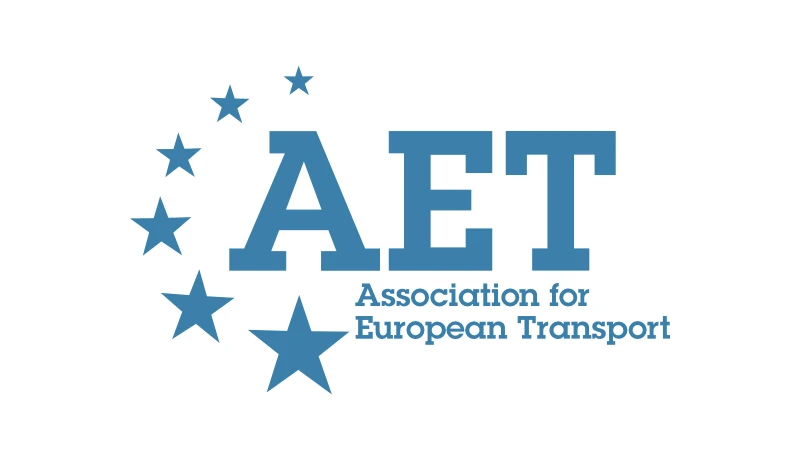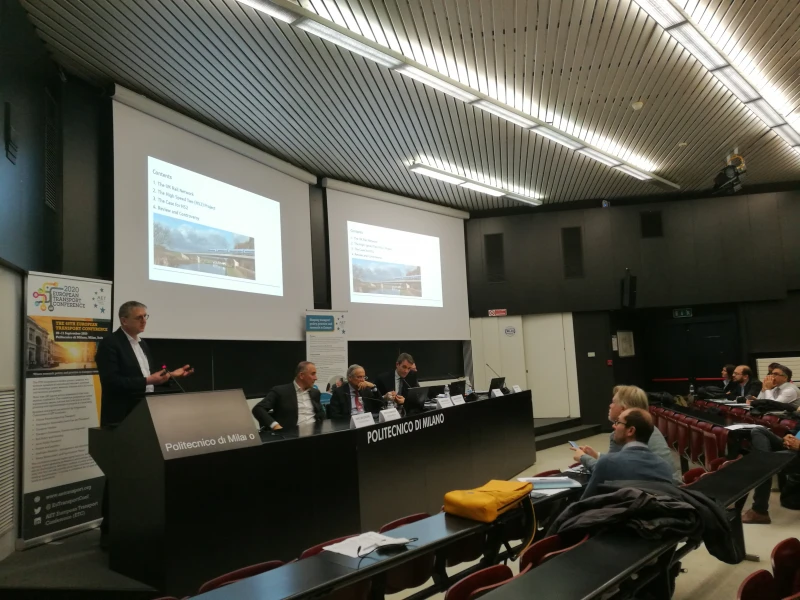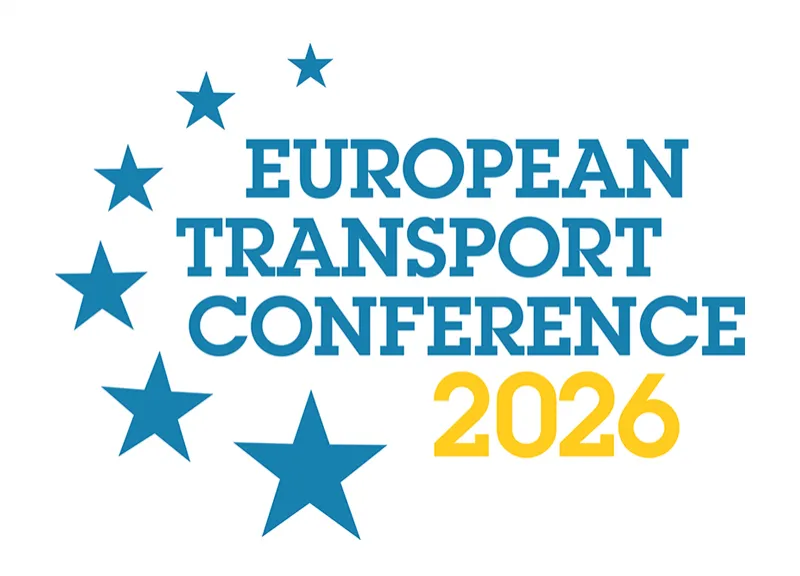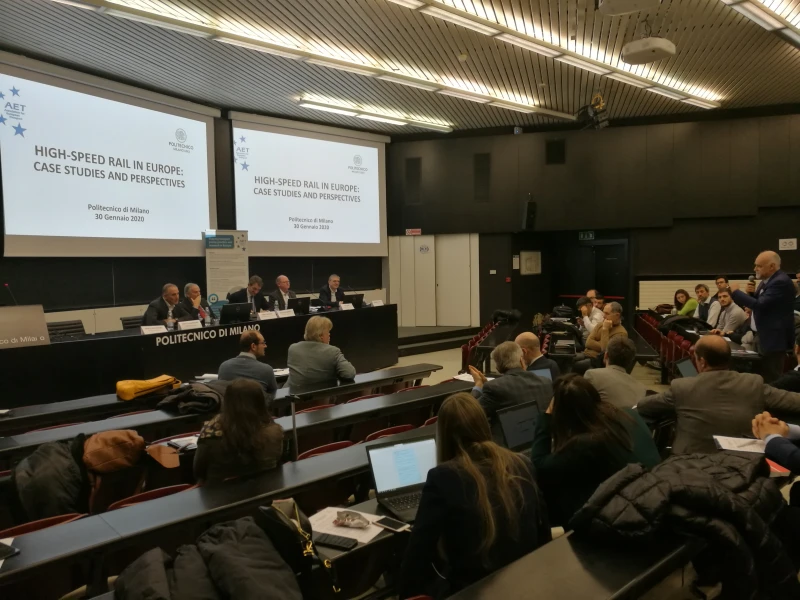-
Past ETC Papers
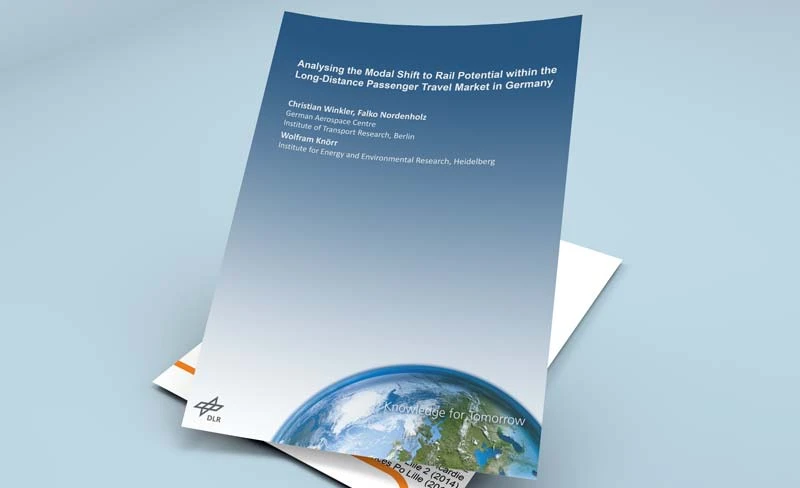
Browse, search and view papers from the past AET Conferences.
-
Members' Area
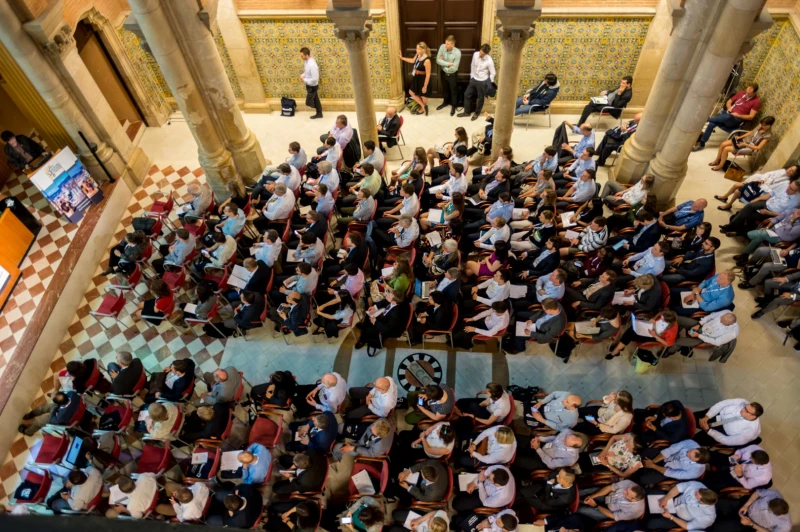
AET promotes networking and exchange of ideas, information and opportunities amongst members.
Conference Papers 2013
Frankfurt, Germany
ETC Conference Papers 2013
A BOTTOM UP APPROACH TO ESTIMATE PRODUCTION-CONSUMPTION MATRICES FROM A SYNTHETIC FIRM POPULATION GENERATED BY ITERATIVE PROPORTIONAL UPDATING
Seminar
Day 2 (1 Oct 2013), Session 4, Freight and Logistics, 19:00 - 22:00
Status
Accepted, documents submitted
Submitted by / Abstract owner
Omar Abed
Authors
Omar Abed, Transportation Research Institute (IMOB), Hasselt University, Belgium, Tom Bellemans, Transportation Research Institute (IMOB), Hasselt University, Belgium, Gerrit JANSSENS, Group Logistics, Hasselt University
Short abstract
The paper presents the result of applying the Iterative Proportional Updating technique to generate a synthetic firm population. This is a necessary step to obtain micro-simulated demand and supply relations between different geographical zones. It also provides a way to measure the effect of policies related to land use, firm location choice and accessibility. This will be the initial step towards a complete micro-simulation freight model, the input to which are the different supply- demand relations obtained using the presented approach.
Abstract
The traditional starting point for freight transport modeling is data about regional supply and demand of different goods. This type of data is typically obtainable on an aggregate level only. The data takes the form of production - consumption (PC) matrices with individual cells representing the amount of goods being produced and consumed at the origin and destination respectively. The cell values of the PC matrices are in essence, an aggregation of individual firm to firm relations in form of goods ordering, production, processing and consumption. Iterative Proportional Updating (IPU) is a mathematical technique, which generates synthetic populations using a representative real sample of the desired population. Although the use of this technique in transportation research domains is typically to generate synthetic individuals-households populations, using a descriptive enough firm sample, IPU can generate a synthetic firm population with desired firm attributes and distribution. The quality of the synthetic firm population depends greatly on the quality of the sample used as the basis for the reproduction process. A main advantage of using this approach is that with a small sample of real firms with well-defined desired attributes, one can regenerate a total firm population, maintaining the characteristics and attributes of the sample used. This means firm to firm goods transactions can be reproduced on a nationwide scale, opening the door for a bottom up microscopic modeling approach of demand and supply relations. Another advantage of the IPU approach used in this paper is that, using a synthetic firm population enables modelers to evaluate the effect of policy impacts such as land use and firm location choice policies. This approach is also in agreement with the current direction in modeling freight movement at a microscopic level, as opposed to the traditional four steps based macroscopic approach. In this paper we present how to obtain regional PC tables from an IPU generated firm population, from which PC matrices are easily calculated. We then compare our findings with traditional way to obtain the PC tables and analyse results.
Documents:
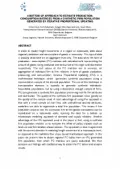
Association For
European Transport
Forester House
Doctors Lane
Henley-in-Arden
Warwickshire, UK
B95 5AW
+44 (0) 15 64 793552
VAT number: 710 1866 64
Conference Supporters & Endorsers




Legal Entity
The Association for European Transport is registered as an Association ('vereniging') with the Chamber of Commerce for Haaglanden in The Netherlands under company number 27170096.
Built on Zenario

